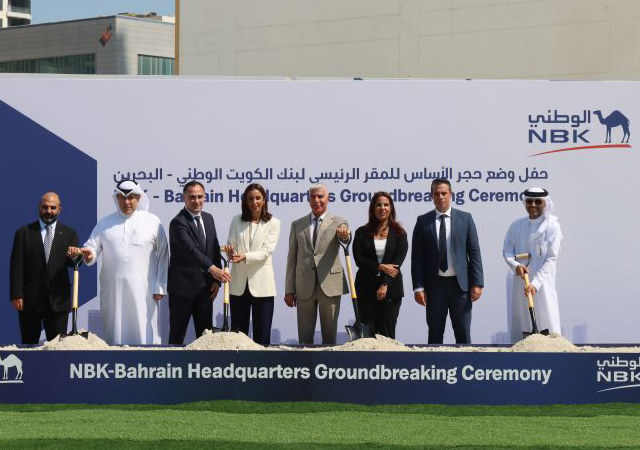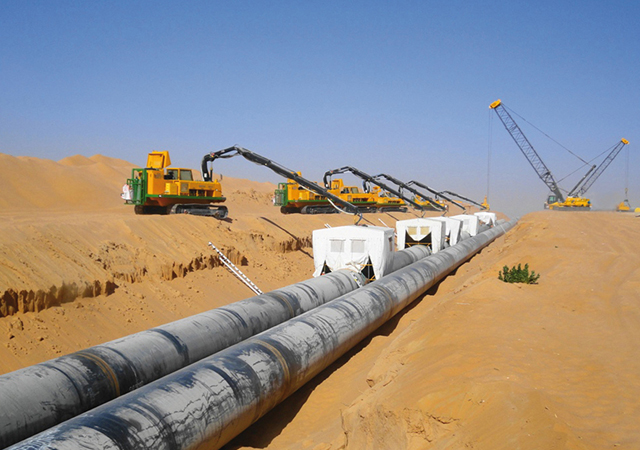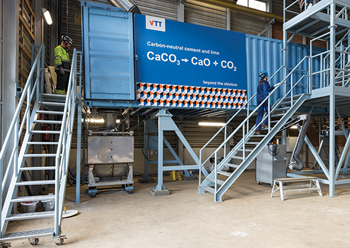
 Cement is one of the highest-emitting industries, accounting for seven per cent of global CO2 emissions.
Cement is one of the highest-emitting industries, accounting for seven per cent of global CO2 emissions.
The built environment accounts for approximately 40 per cent of global carbon dioxide (CO2) emissions from fuel combustion and 25 per cent of global greenhouse-gas (GHG) emissions1 with cement production being one of the highest-emitting industries, accounting for seven per cent of global CO2 emissions2. Hence, reaching net-zero emissions by 2050 will require the rapid decarbonisation of the cement and concrete industry.
Global management consultancy McKinsey & Company hosted an interactive panel at the World Economic Forum Annual Meeting 2023 (AM23) in Davos, Switzerland, to discuss the future of the industry. The panel brought together stakeholders along the value chain, including investors and banks from around the globe, who discussed what actions the industry can take now, where circularity could play a valuable role, and how stakeholders across the value chain can collaborate to succeed.
Four key themes emerged during their discussions: the possibility of decarbonisation in cement and concrete, the value creation opportunity of circular economies, new opportunities for investment and green-business building, and the key role collaboration will play in decarbonisation.
Decarbonisation in cement and concrete
Given its significant emissions, cement manufacturing is a crucial area of interest for decarbonisation efforts3. Beyond the environmental costs of CO2 emissions, monetary costs are increasing because of carbon-pricing systems, which could reach up to €180 billion ($189.7 billion) globally by 2050. That said, cement remains the number-one building material: four billion tonnes – as much as 50,000 fully loaded airplanes – are produced annually.
 |
|
Concrete from demolished buildings can be reused in building new structures. |
Building-materials players at the meeting highlighted the increased demand for lower-carbon building materials, specifically green cement. To meet this demand for sustainably produced materials, cement and concrete manufacturers can engage in the following levers to decarbonise along the value chain:
• Reducing the amount of clinker in cement. Clinker accounts for approximately 90 per cent of the emissions released in cement production, making it a high priority for industry players to address4. To decarbonise the industry, cement producers can consider substituting clinker with alternative materials, such as fly ash, metal slag, or calcined clay. They can also seek to reduce the amount of clinker needed through innovations in construction, design, and material mixes and developing low-binder cements and reusable concrete modules.
• Reducing the CO2 from energy used in the production process. To reduce energy-related emissions, players are exploring alternative fuels and newer technologies such as kiln electrification. In addition, cement and concrete producers are developing proprietary waste-recycling businesses that target the use of industrial and municipal waste in their kilns.
• Storing or utilising remaining CO2 emissions. One major topic of interest for all stakeholders – including manufacturers of cement and concrete, building-materials offtakers, and investors – was the storage and reuse of CO2. Cement and concrete players described how CO2 can be stored in concrete aggregates when construction and demolition waste is recycled5, while investors highlighted their specific appetite for businesses that aim to capture and utilise industrial carbon emissions.
Circularity
Circularity also emerged as a major theme during the roundtable. Panellists pointed out that to achieve a green built environment, recycled cement and concrete materials can be utilised in new buildings and construction, either as reusable modules or as materials that can be broken down and incorporated into new building materials. There are already examples of cement and concrete recycling across the globe, including in the Nordic countries. There, construction companies are building new structures that use concrete from demolished buildings. Taking this a step further, even entire buildings can be reused or repurposed. A building that was once a warehouse could be converted into a retail store, an office complex, or housing. Repurposing buildings in this way could help meet urgent societal needs, such as providing new housing in restricted markets without needing to start construction from scratch.
Although most of these technologies are relatively new and have not yet been deployed at scale, the interest and action of players in this field is growing. It is estimated that roughly 2.6 billion tonnes of CO2 emissions could be avoided or mitigated by applying circular solutions for cement and concrete by 20506.
The incentives for the industry to move toward circularity are strong, but stakeholders will need to navigate several challenges. For instance, circular solutions require the industry to adapt and build new supply chains and technologies. And achieving circularity in the built environment will require supportive regulations and industry-wide standards.
New opportunities for investment
There is enthusiasm but uncertainty regarding how best to invest in cement and concrete value chains. Today, the primary bottleneck in developing the necessary technology is identifying and facilitating the right individual projects.
When it comes to decarbonising the built environment – cement and concrete in particular – the industry must reconsider its approach to mobilising capital and move away from large green-transition funds, which are insufficient in scale and not easily defined in scope. Instead, investors should embrace a project finance approach that considers the entire value chain, developing new strategies for how best to move capital across it. Investments in small, specialised start-ups will accelerate the development of the technology required to create the next generation of green building materials. These investments should not focus on acquiring publicly listed companies; rather, investors should proceed project by project until the right technology emerges with the credibility and returns to justify a larger-scale transition fund. Mobilising such capital will be difficult but essential to accelerating these solutions.
Because the decarbonisation of cement and concrete value chains will not be immediate, the industry should continue to invest in existing green technologies. For example, investing in the existing market for recycled materials and waste will prepare those spaces as the circular economy of concrete emerges.
Collaboration
The cement and concrete value chains reach across society, connecting materials suppliers on one end to property owners and users on the other – with six or seven additional parties (for example, architects and designers, construction companies, supply chain facilitators, and many more) in between.
For the journey toward circularity to succeed, the entire value chain needs coordination. Otherwise, the industry will not move quickly enough in developing the sector to create an attractive environment for players looking to invest. Panel members mentioned that introducing recycled materials into the cement value chain might require collaboration among as many as 15 parties. Because many of these parties don’t typically interact with one another, it could be challenging to establish a circular supply chain; for example, one party at the end of the value chain might need to bring waste materials all the way back to the beginning.
Beyond coordination among many actors, cross-industry collaboration faces other challenges. For instance, panellists identified that delays caused by sluggish building code changes can be a deterrent to decarbonising technologies. While these codes offer essential protections, if regulators are not brought into the conversation, they will consistently be behind innovations in construction materials. Furthermore, steps within the value chain, such as waste recycling, often occur on a very local level. However, for these technologies to work, they require truly global solutions forged through multiple stakeholders. Thus, partnerships must span geographies to effectively advance innovations and identify opportunities to apply them.
To overcome these obstacles, it is crucial to develop forums and mechanisms for collective action to bring these parties together. Luckily, first efforts already exist – for example, the Net Zero Built Environment Council, initiated by McKinsey7. Such partnerships will enable collaboration across the value chain, incorporating each facet of the circular economy so that when the essential technologies emerge, no business model will be the source of delay.
Although the sector is moving at great speed, further action is required to build a net-zero value chain. The McKinsey-hosted panel discussion in Davos showcased the great openness of participants across the sector for solutions that work toward a net-zero built environment, and it highlighted how much is already happening across the value chain. Panels such as this one and others that the council hosts will continue to motivate discussions in this area and bring stakeholders across industries together to accelerate and foster cross-industry collaboration. n
* Sarah Heincke is a consultant in McKinsey’s Berlin office, Jukka Maksimainen is a senior partner in the Helsinki office, and Sebastian Reiter is a partner in the Munich office.
1. Tony Hansen, Focko Imhorst, Anna Moore, and Sebastian Reiter, “Glasgow COP26 2021: Decarbonizing the built environment,” McKinsey,
2. Sebastian Reiter, “Cement,” McKinsey Quarterly, August 1, 2022.
3. Thomas Czigler, Sebastian Reiter, Patrick Schulze, and Ken Somers, “Laying the foundation for zero-carbon cement,” McKinsey, May 14, 2020.
4. “Cement,” August 1, 2022.
5. Sarah Heincke et al., “Circularity: A key enabler to reach net-zero in cement and concrete,” World Economic Forum, November 4, 2022.
6. Sarah Heincke et al., “How circularity can increase profits in cement and concrete,” World Economic Forum, January 11, 2023.
7. “Accelerating green growth in the built environment,” McKinsey, November 2, 2022.









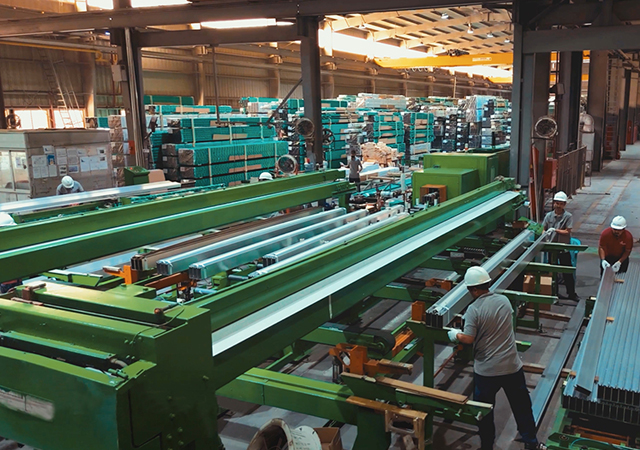



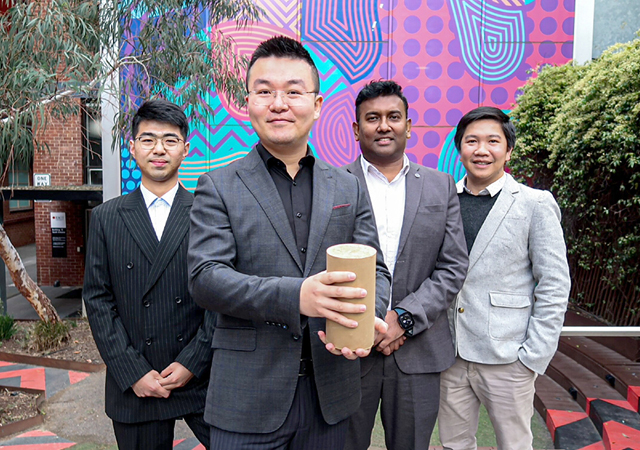



.jpg)


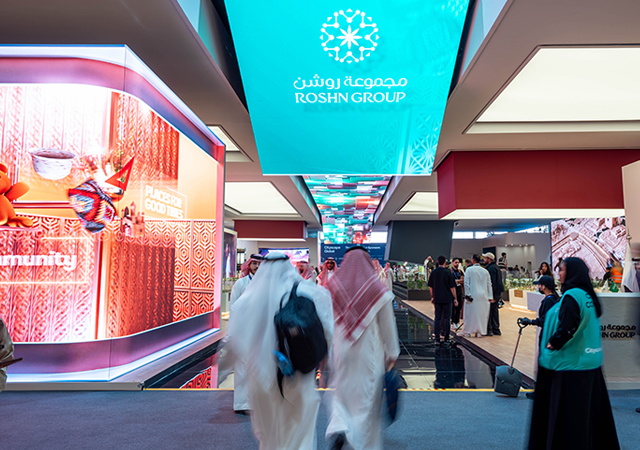










 (1).jpg)








